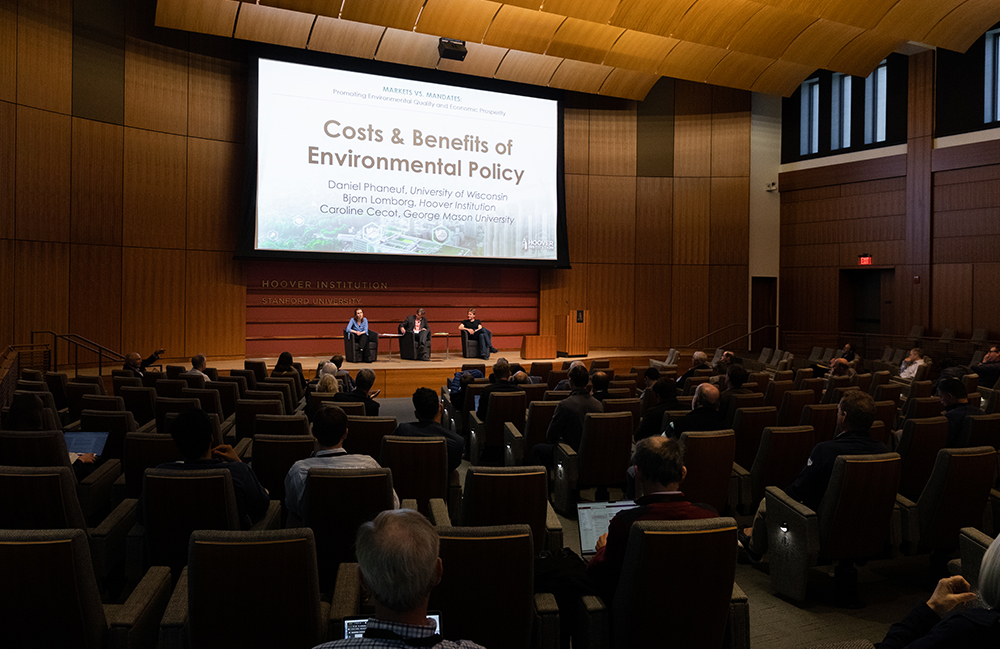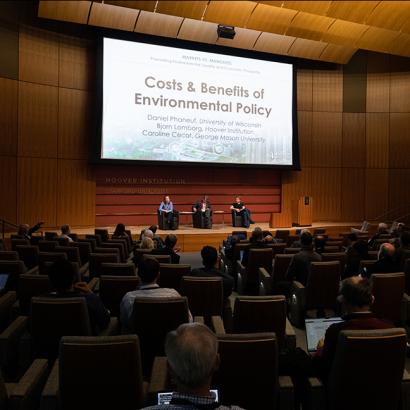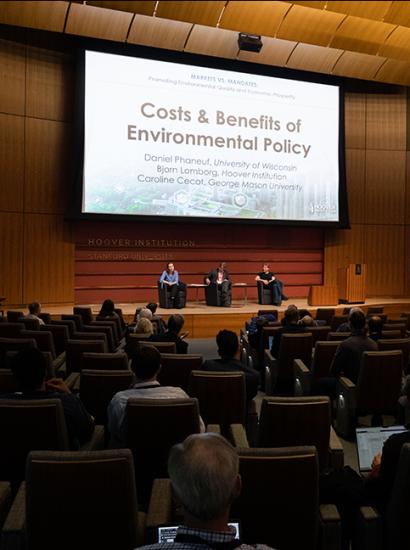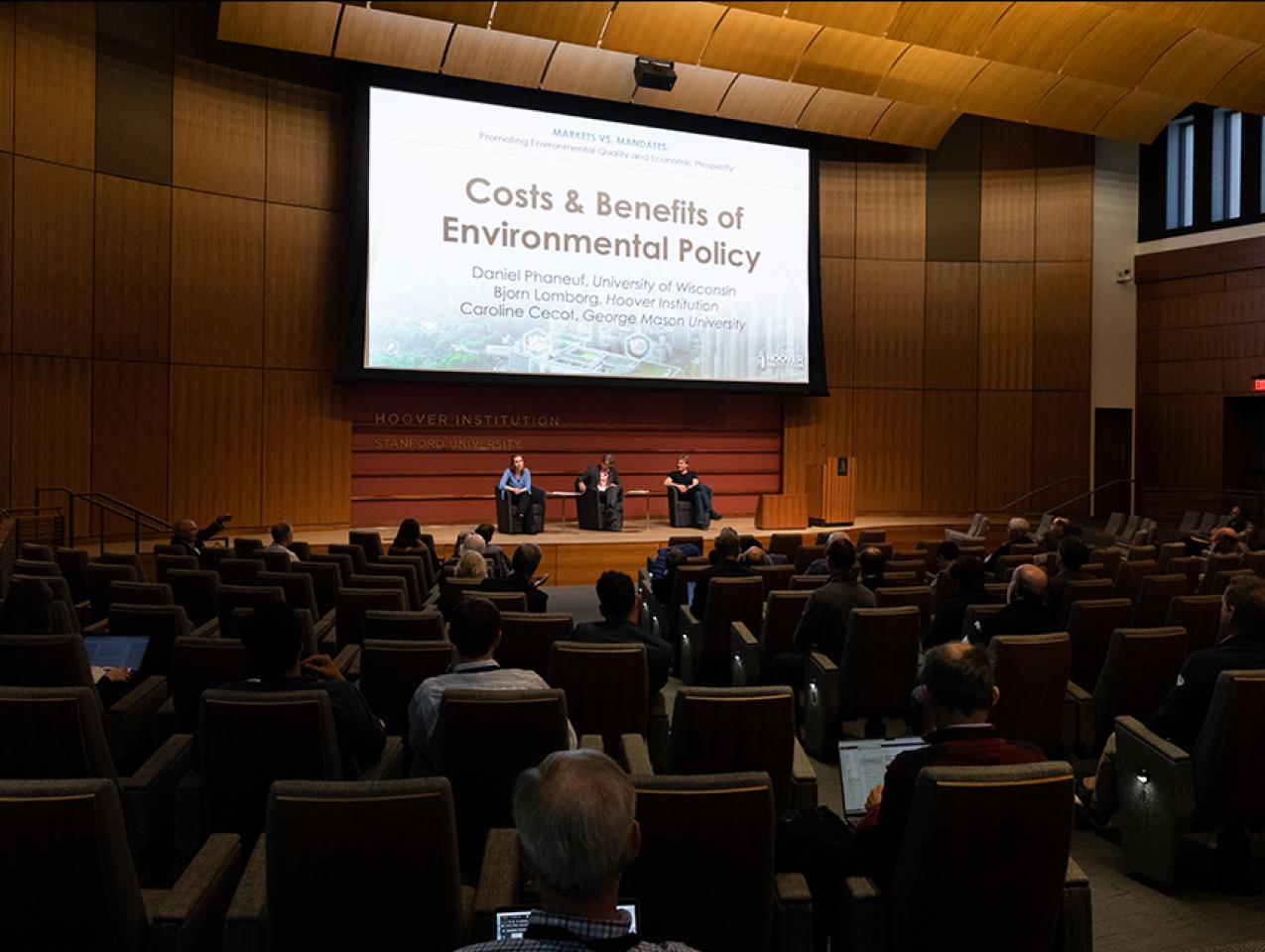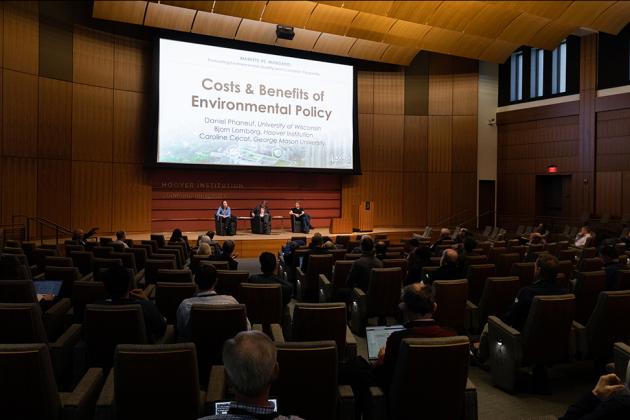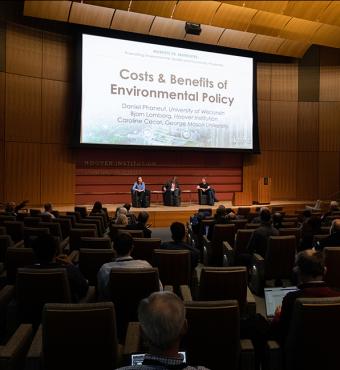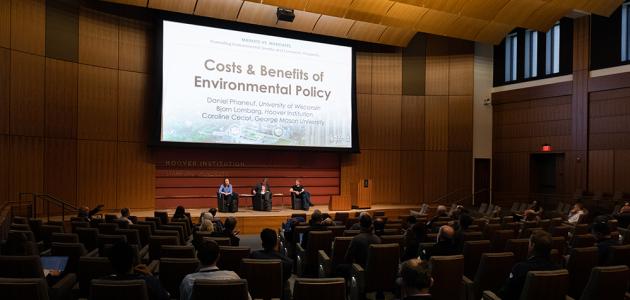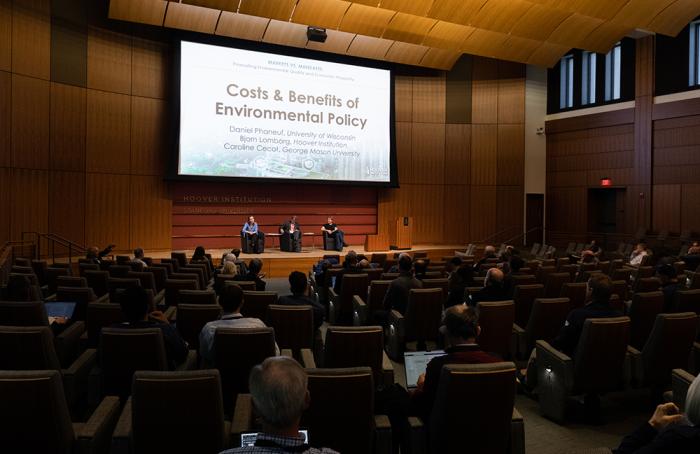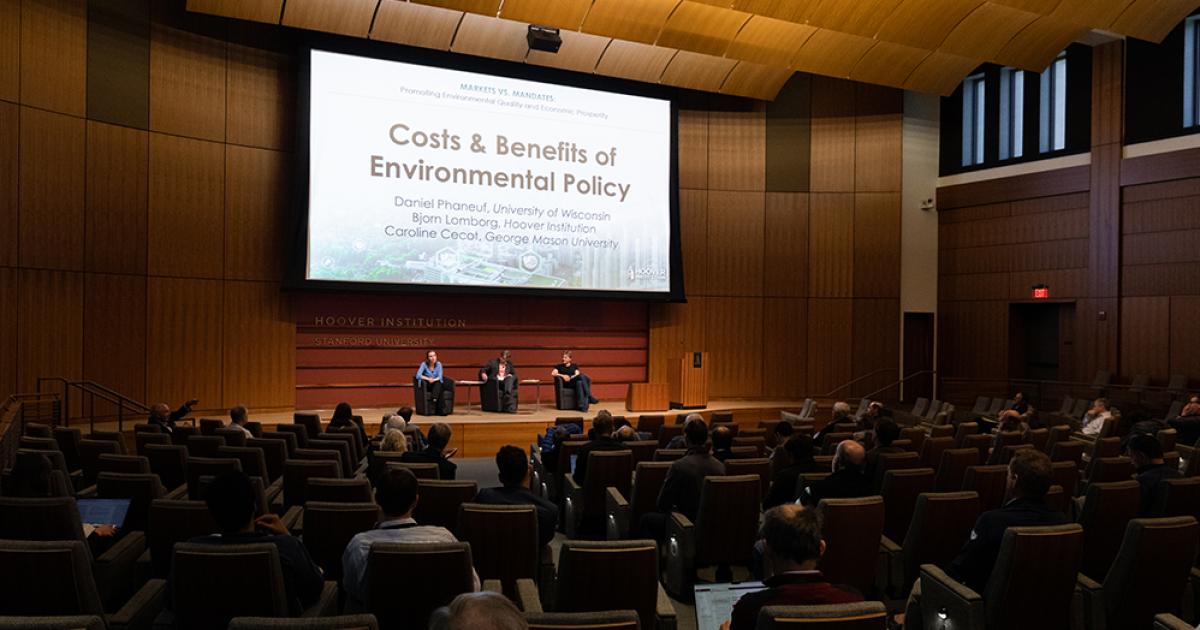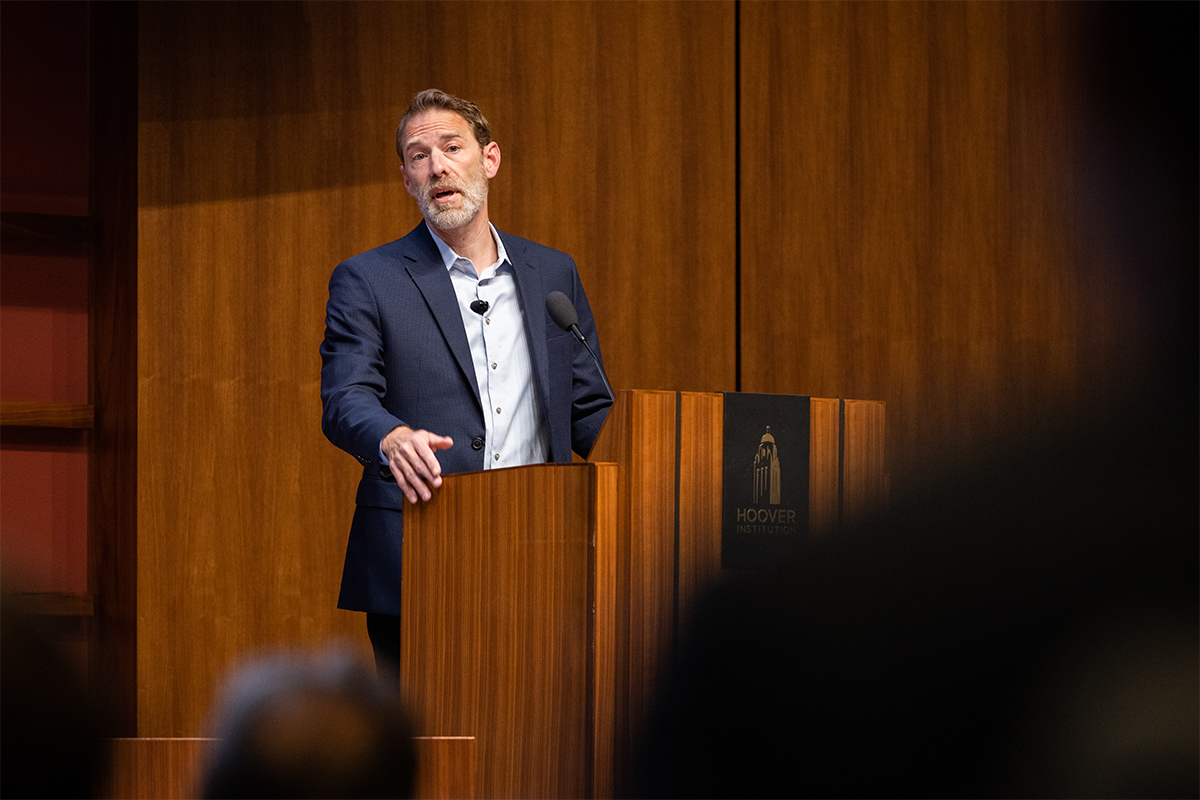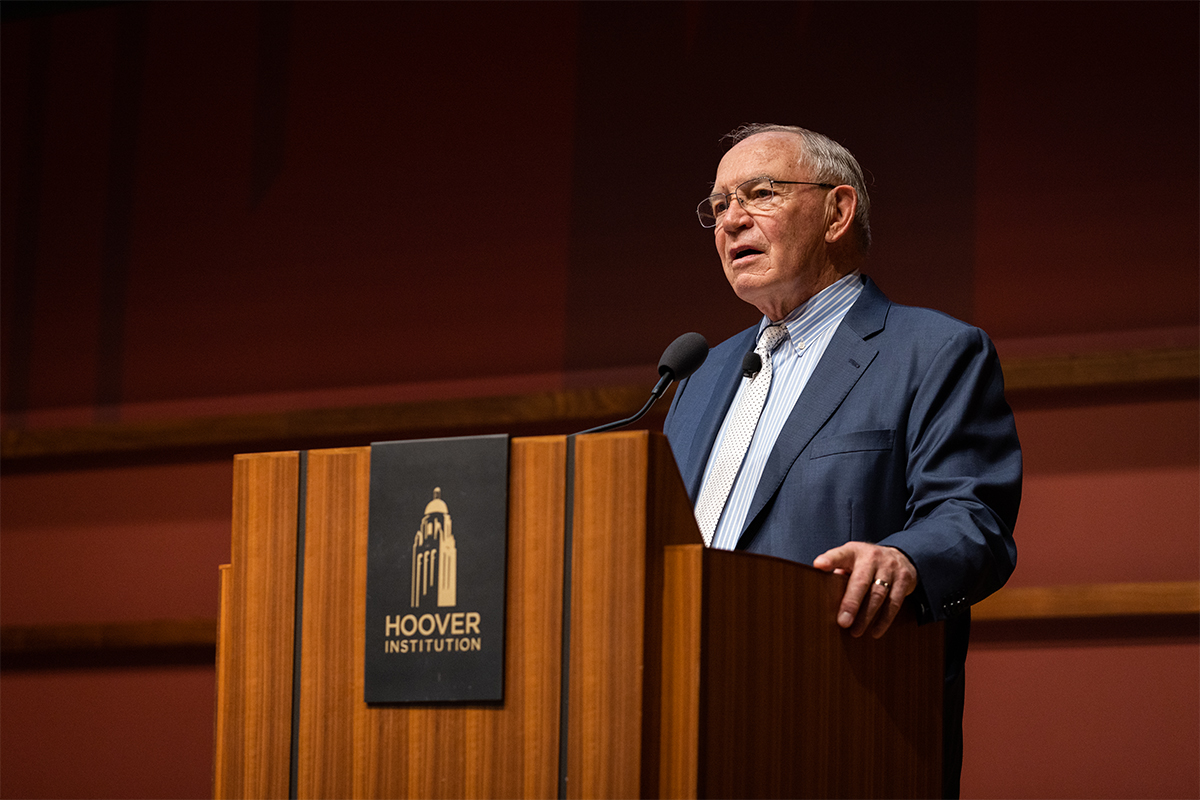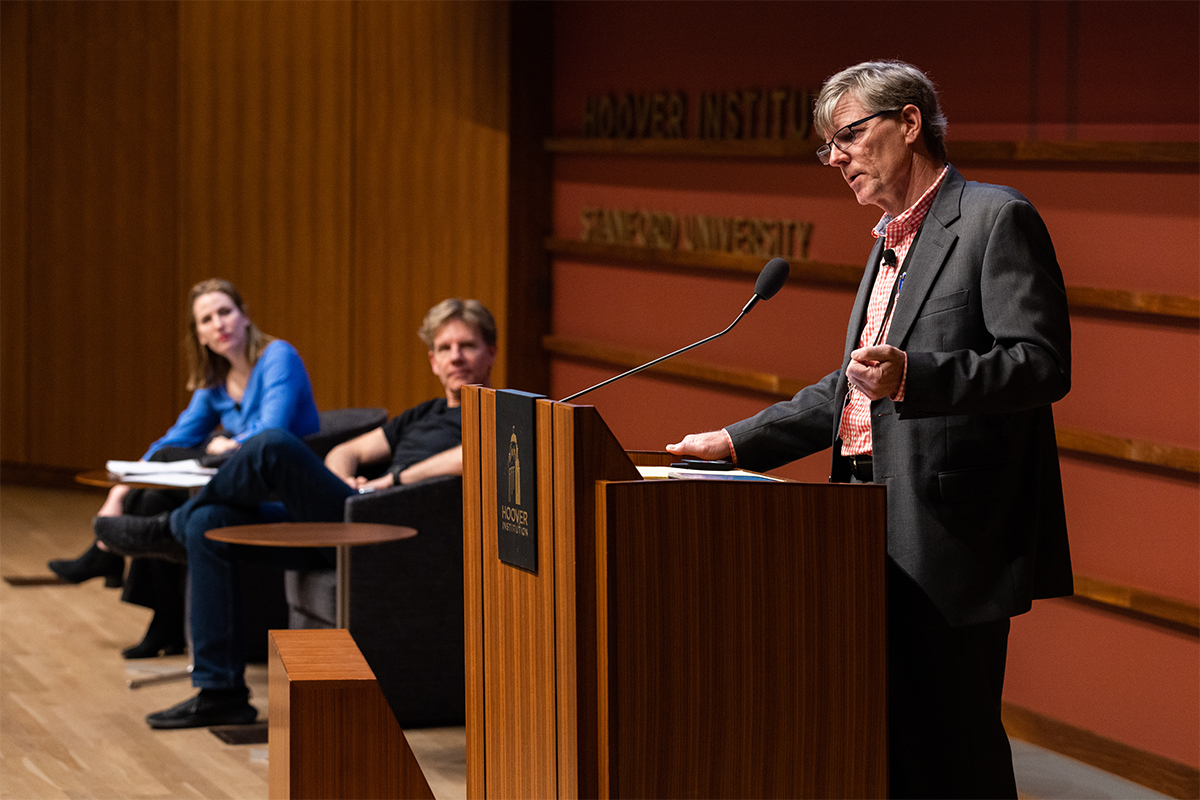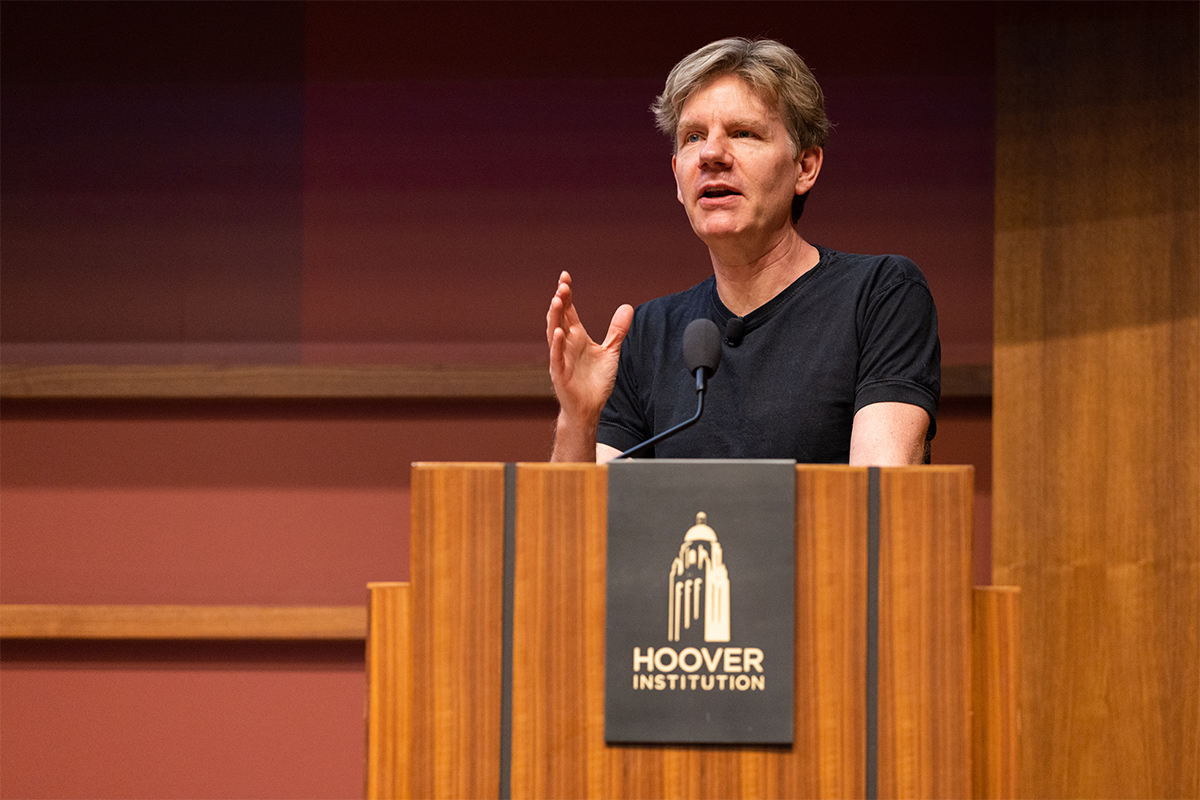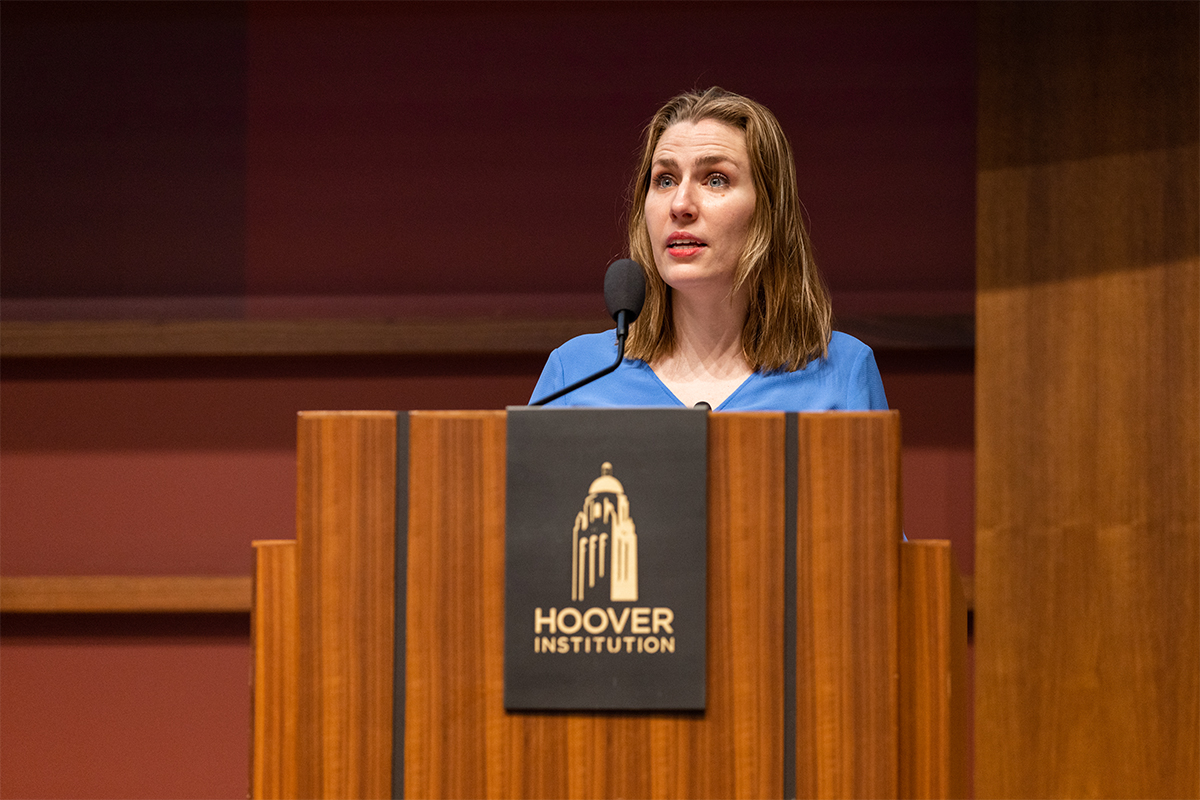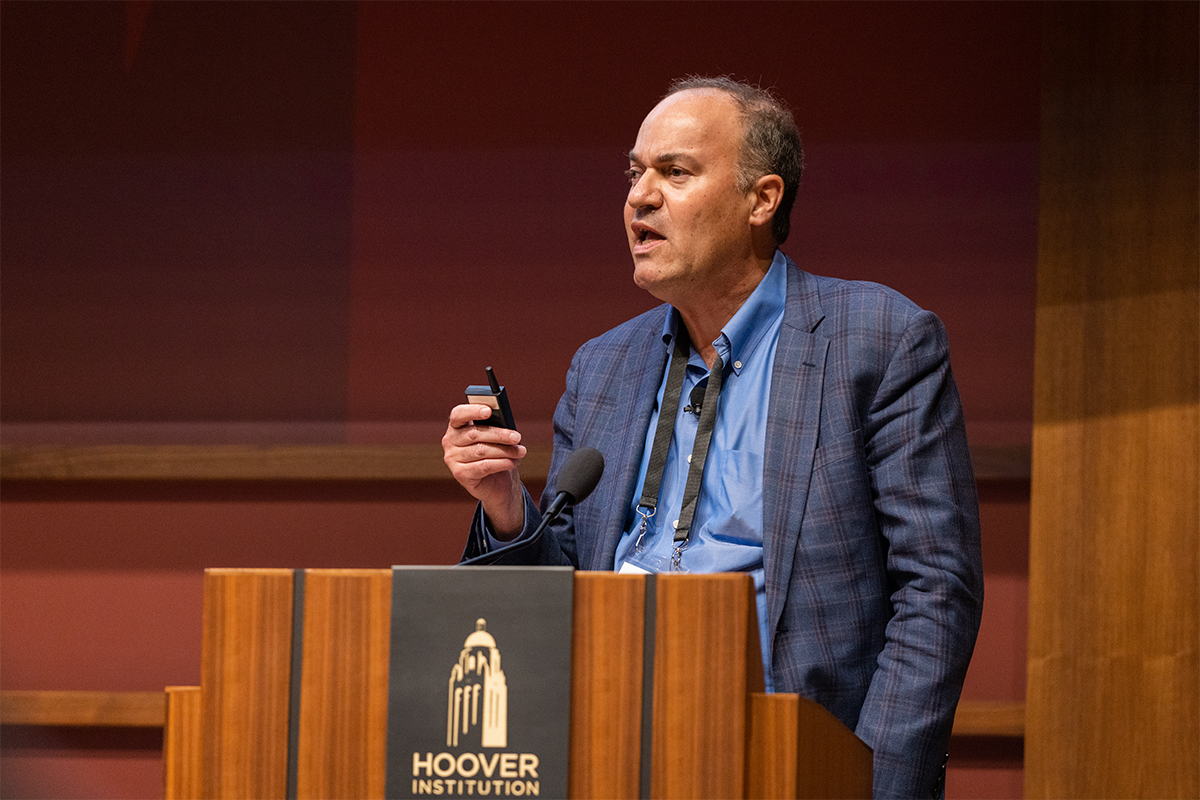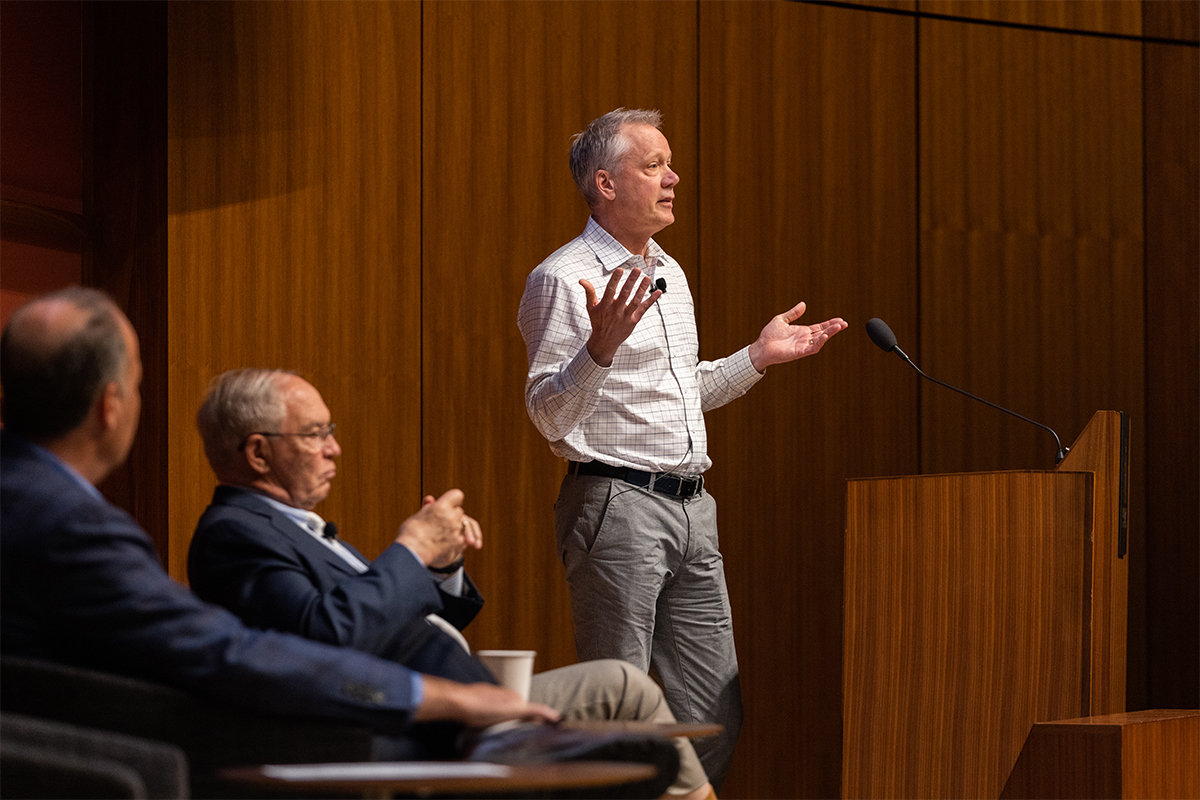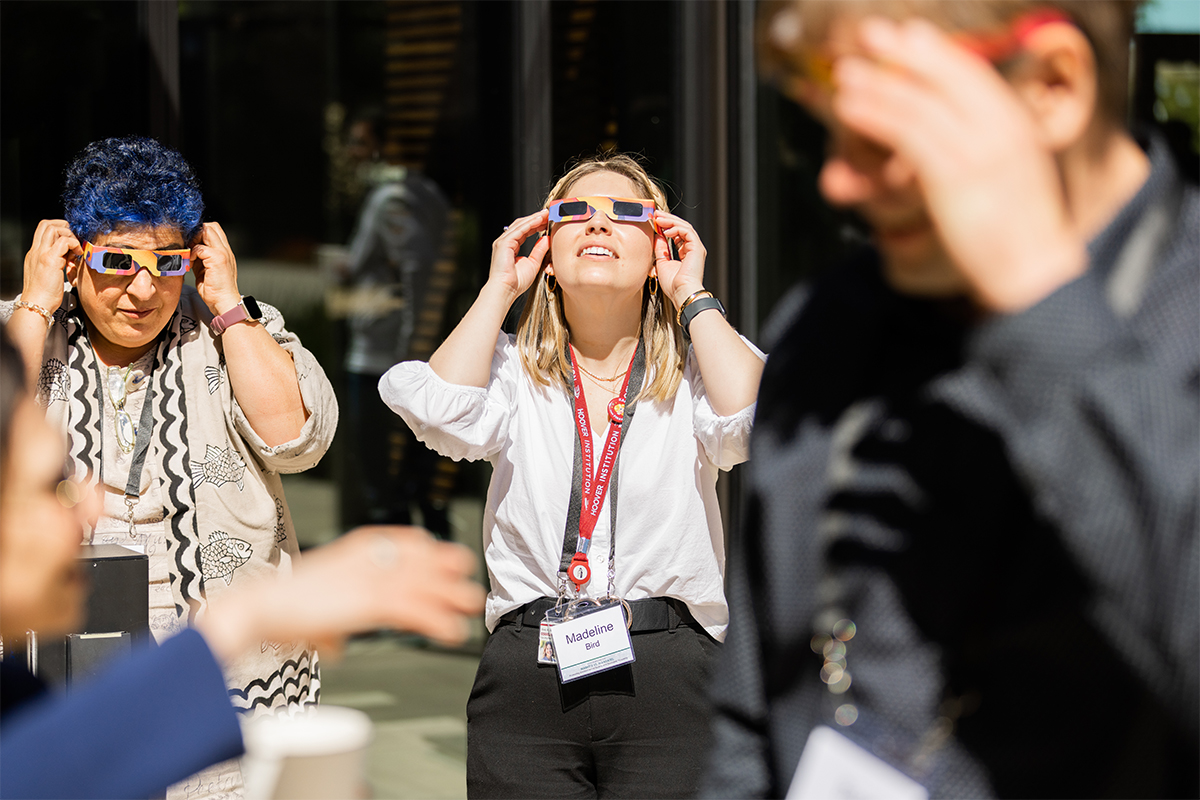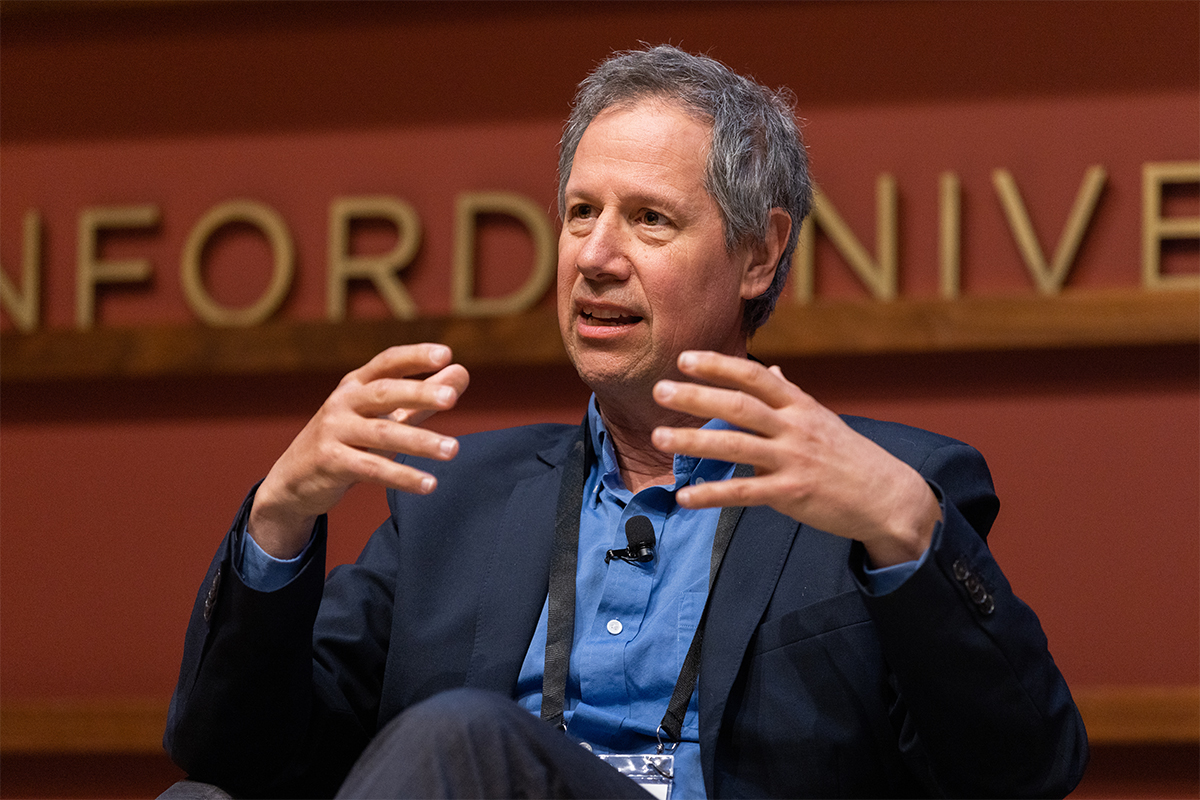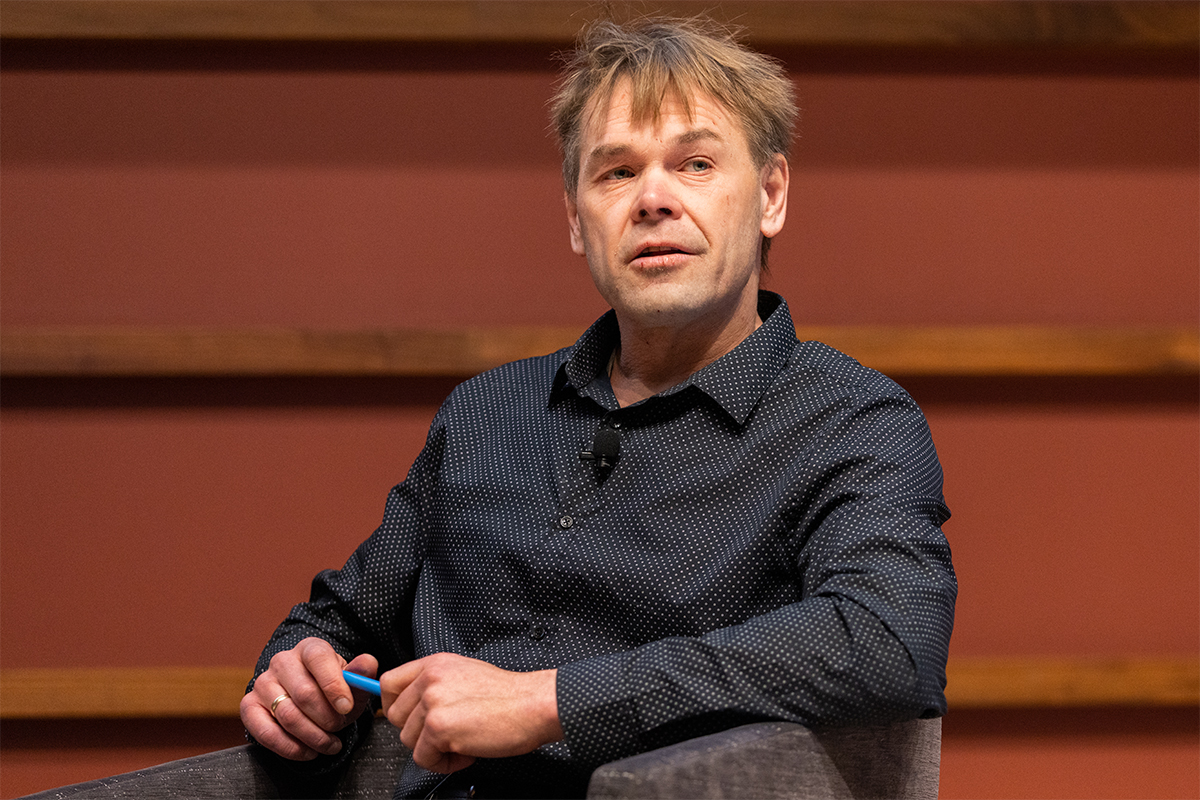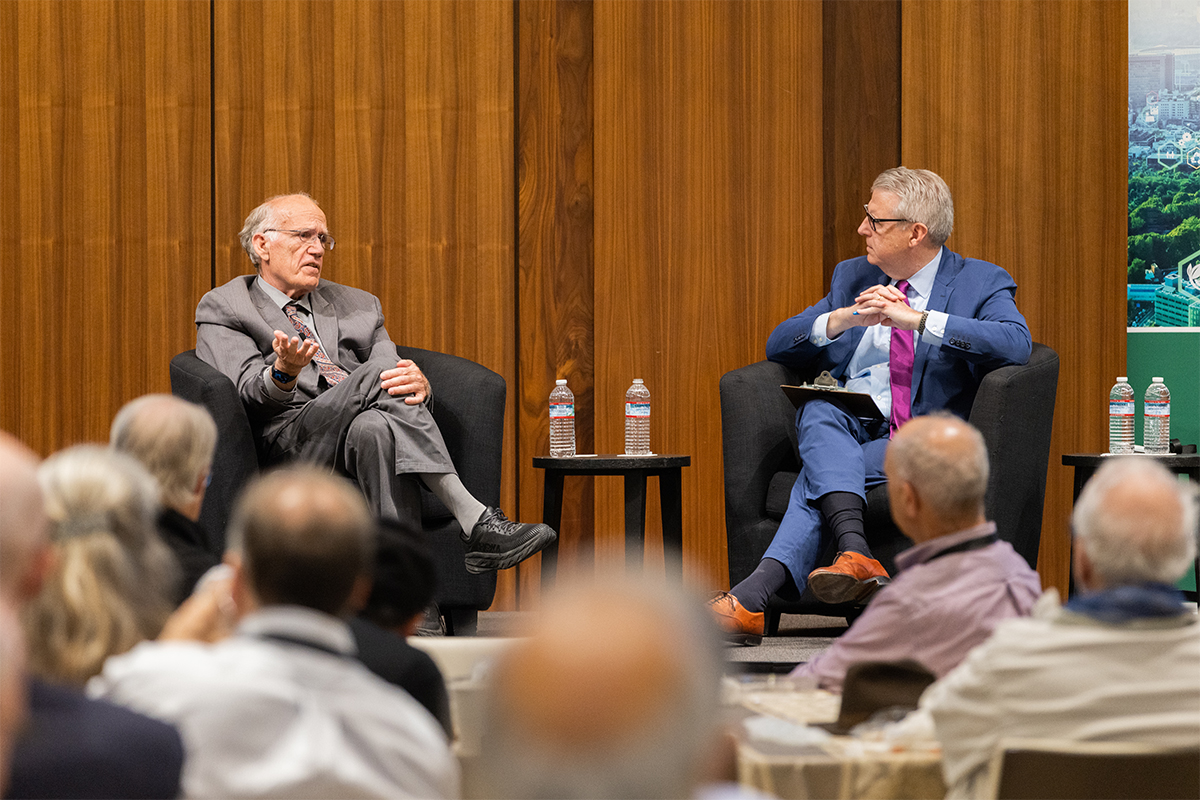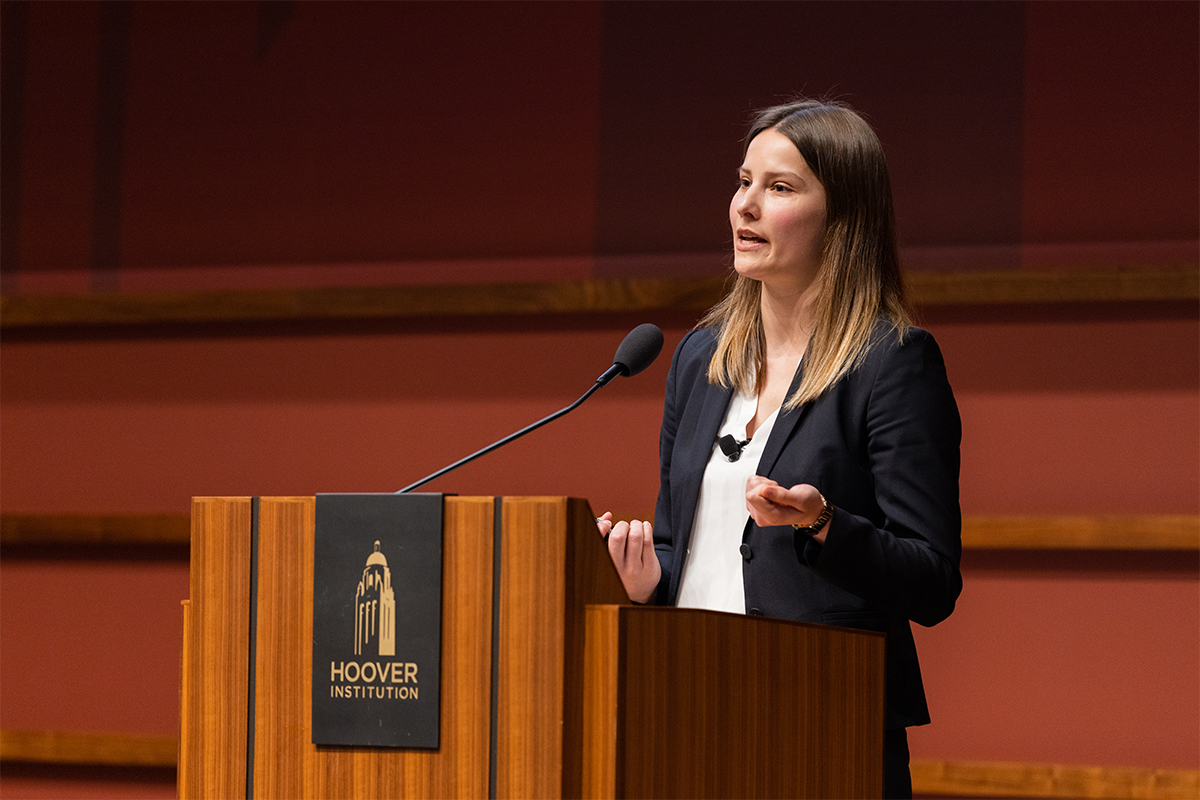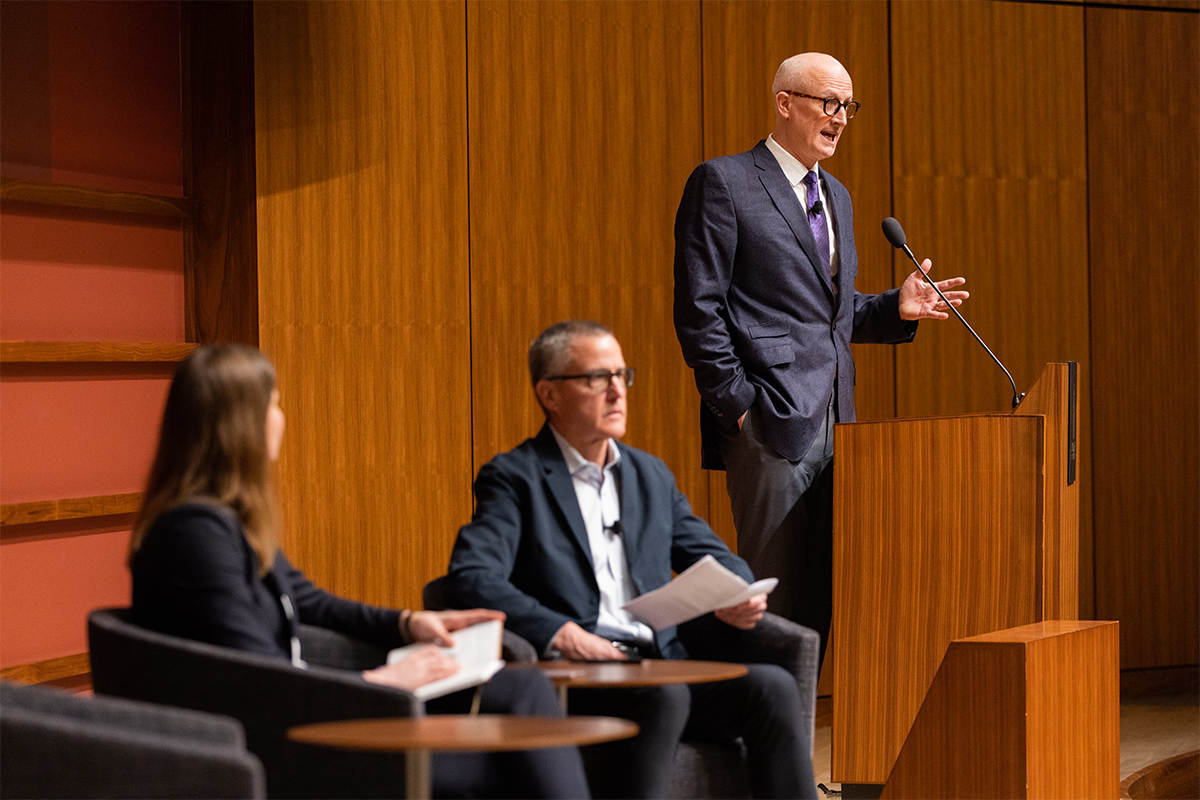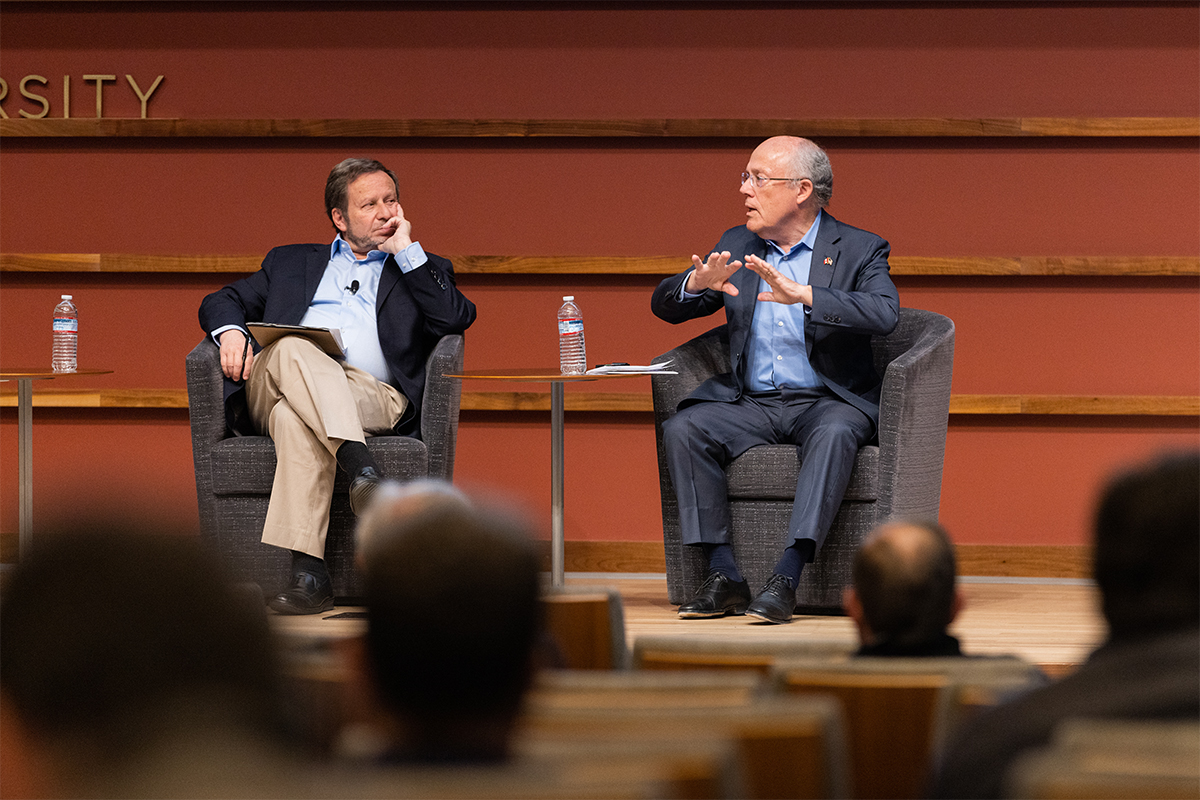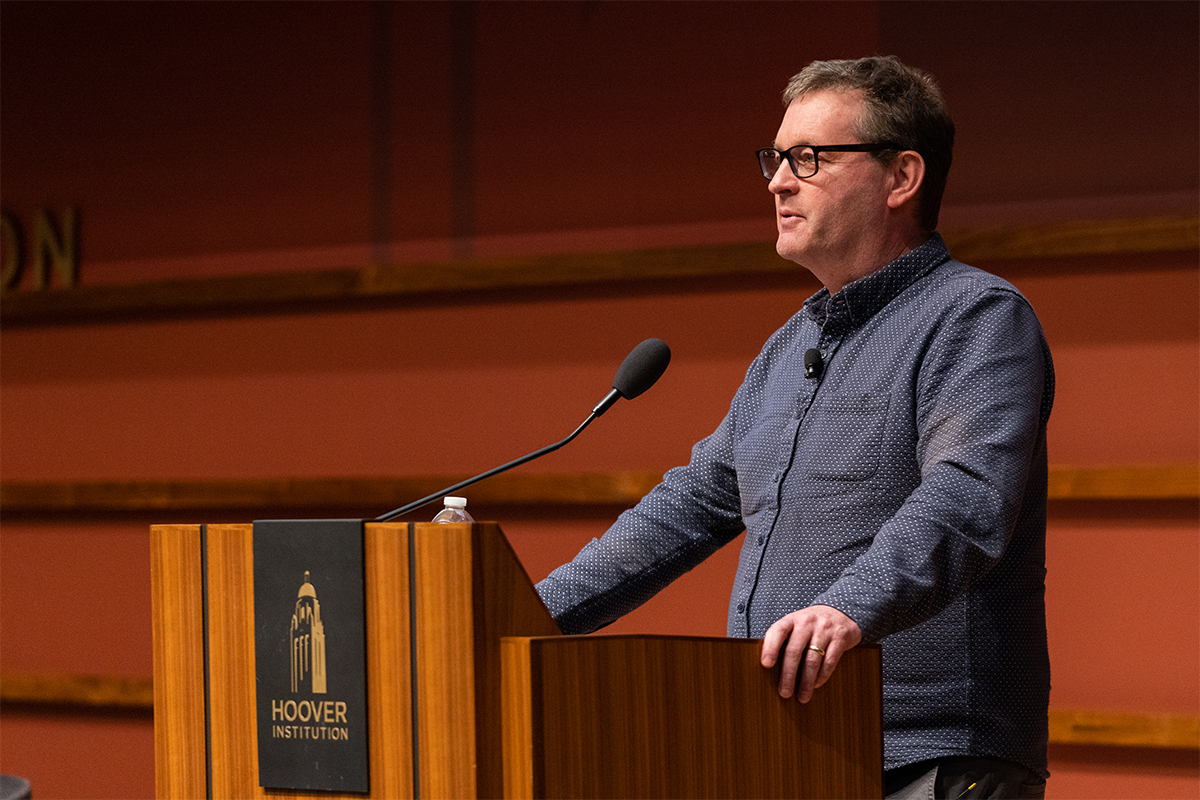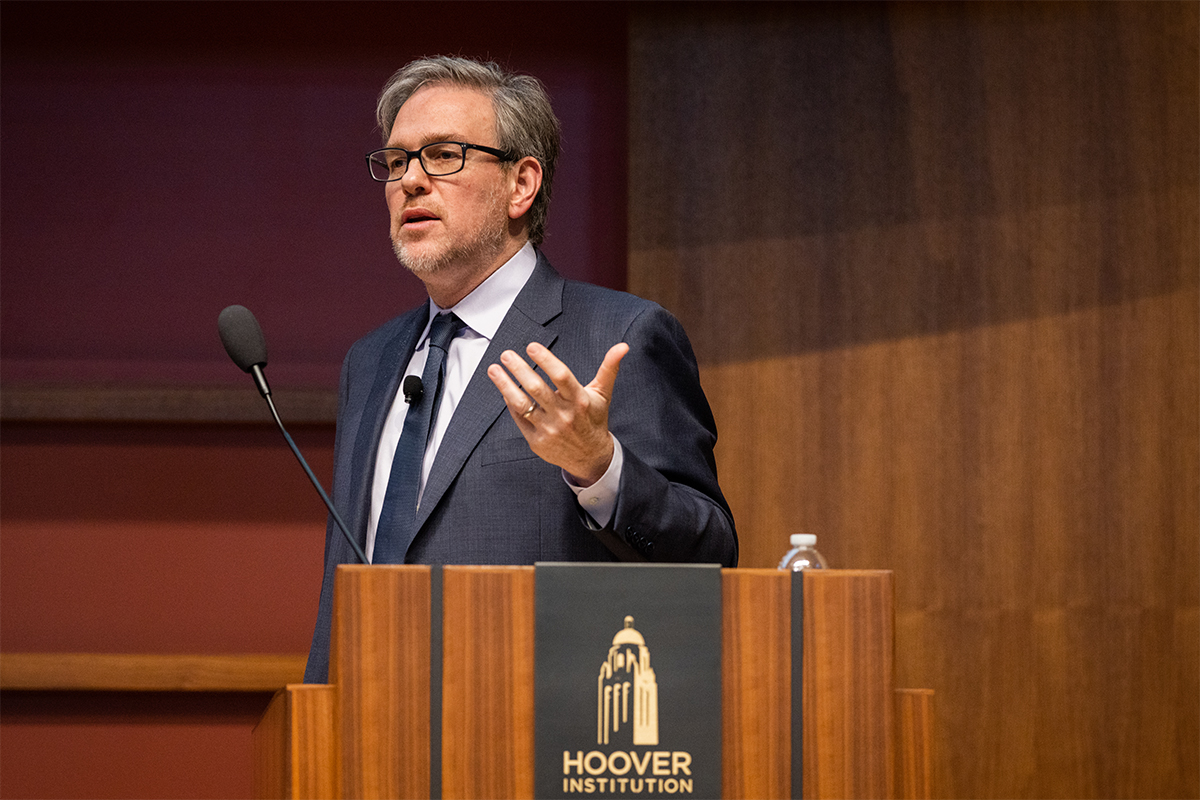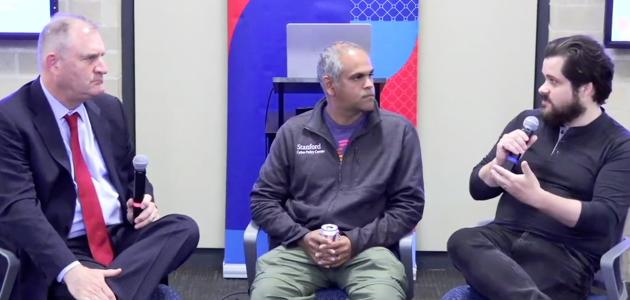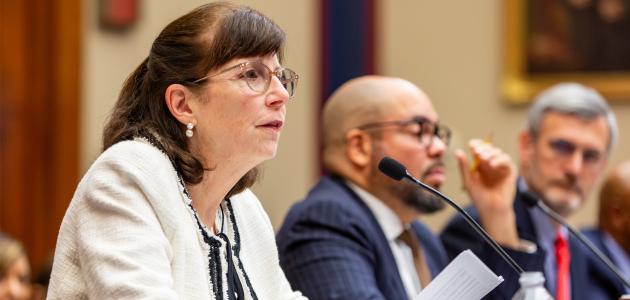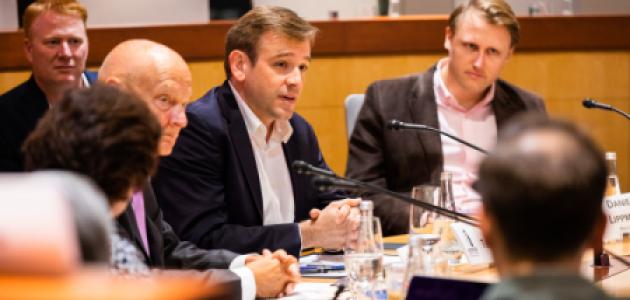Hoover Institution – (Stanford, CA) – As the global response to climate change progresses, the Hoover Institution hosted its second annual Markets vs. Mandates, a publicly accessible conference in which a wide array of speakers discussed how market-based mechanisms and government regulation can safeguard the natural realm and promote economic prosperity.
Markets, Mandates, and Unintended Consequences
Led by senior Hoover economists Terry Anderson and Dominic Parker, the conference sought to foster discussion and debate on how market-based and regulatory frameworks can best govern responses to various environmental concerns, including safeguarding natural areas, managing agricultural land and wildlife, and curtailing greenhouse gas emissions.
Topics also included whether public companies should be mandated to disclose their annual carbon emissions and other environment-relevant data, how poor access to wildfire data is roiling the California home insurance market, the unintended consequences of environmental mandates, and the true scale of the effort needed to achieve a global energy transition.
To start, Anderson and Parker spoke generally about instances where government mandates were necessary to usher in environmental improvements.
In the 1890s, mandated restrictions on deer hunting saved the species in America. The deer population is now near its “pre-contact” high of 35 million, from only 500,000 when the restrictions were imposed.
In the 1940s and 1950s, smog in Los Angeles was ubiquitous and sometimes fatal. The threat prompted a mandate to curb dangerous industrial and waste-borne emissions and the formation of the Los Angeles Air Pollution Control District to locate sources of harmful emissions and cap them.
Parker said, however, that both initiatives also had unintended consequences.
As a result of excessive efforts to regulate deer hunting, the population is now so great that there is a significant threat of vehicle collisions with the animals in many parts of the United States.
In the case of anti-smog mandates, the Clean Air Act of 1963, which prohibits proscribed burns of forested land in many instances, has increased the risk of wildfires by increasing the tinder density of many wooded areas.
Is a Climate Transition Even Feasible?
Looking at the actual resources needed to mitigate climate change and perform an energy transition away from hydrocarbons, Hoover senior fellow (adjunct) Steven Koonin and Mark Mills, distinguished senior fellow at the Texas Public Policy Foundation, had some stark observations.
“Changing the energy consumption pattern of humanity is the equivalent of putting humanity on the moon,” Mills said.
Koonin said that for too long, policy makers have been under what he called a “Theranos” delusion when it comes to decarbonization, referring to Elizabeth Holmes’s ultimately fraudulent effort to develop miniaturized, near-instant blood diagnostic machines.
The delusion is that if they “throw enough money at smart people . . . they will figure it out,” he said.
In the case of clean energy, Koonin and Mills cited research indicating that the globe does not produce enough copper to supply all the batteries needed for an electric vehicle transition, by a factor of six or seven.
“[Climate] mitigation is not going to happen—adaptation is what will happen,” Koonin said.
Assigning Better Costs to Climate Change
So how should the public evaluate what is worth doing about climate change and other environmental matters?
Hoover visiting fellow Bjorn Lomborg said governments have put a price on what many climate mitigation measures will cost but haven’t accurately compared that with what climate change itself is expected to cost.
He estimates that climate change will reduce the rate of real global economic growth between 2000 and 2100, estimated at 450 percent without the effects of climate change, to 434 percent.
So, he asked those gathered, is a growth reduction of 16 percent worth massive, herculean global efforts to decarbonize?
He described the current global multilateral climate change approach as akin to “ordering from a menu with no prices.”
Fellow panelist Caroline Cecot, associate professor of law at George Mason’s Antonin Scalia Law School, argued that both market-based approaches to environmental regulation and mandates can exert powerful forces of change on the public.
“Markets can feel like coercion for the poor [nations] the way mandates feel for wealthier [nations],” she said.
Disclosures, Adaptation, and Markets That Impose Change
In a separate presentation, Erasmus University Rotterdam economist Patricia Breuer and Hoover visiting fellow M. Todd Henderson debated whether to mandate that public companies annually disclose carbon emissions data.
Breuer pointed out that emissions disclosures, already law in California, the European Union, and now the wider United States, can encourage emissions “laggards” to catch up with cleaner competitors in their fields.
Henderson countered that preparing such disclosures, especially in the United States, is extremely costly, especially when combined with all other regulatory disclosures required by the Securities and Exchange Commission.
But information disclosure at the consumer level can be more efficacious, especially when it creates markets that improve environmental quality.
In a presentation about adaptation to climate change, Hoover visiting fellow Matthew Kahn cited new real estate data that assigns fire and flood risk scores to individual homes, along with emerging markets for climate mitigating technologies, such as air filtration systems for use during wildfire seasons, as proof that unleashed markets can help the public adapt to climate challenges.
“We’re going to get ‘Big Macs’ in the climate adaptation space,” Kahn said. “And it won’t be because of mandates.”
Speaker James Salzman, a professor of environmental law at UCLA Law School, said framing the approach to environmental regulation in the twenty-first century as “markets versus mandates” might not be the best way to describe it.
“‘Markets versus mandates’ is misleading, because in a lot of settings, you are going to need both,” he said.
He and Bård Harstad, professor of business and sustainability at the Stanford Graduate School of Business, described a money-making scheme employed by business officials in China and India during the first few years after the Kyoto Protocol passed in 1997.
The terms of Kyoto allowed for developed nations to institute a market called the Clean Development Mechanism, where they would pay producers of refrigerant in the Global South to eliminate the refrigerant byproduct and powerful greenhouse gas known as HFC 23.
To boost profits, refrigerant firms intentionally increased their production of HFC 23, only to destroy it later and claim credits under the Kyoto Protocol.
“Markets have their place, but they are hard to do right, even if they sound good in theory,” Salzman said.
Hoover senior fellow Victor Davis Hanson likewise asserted that market-oriented approaches to policy don’t always provide optimal solutions.
Referring to his own life in the agrarian town of Fowler in California’s San Joaquin Valley, he spoke of how a dramatic collapse in raisin prices in the 1980s, brought in part by unfair competition from Europe, devastated his community, forcing him to reconcile his personal support of free trade with its impact on his hometown.
“In the abstract, yes, we have to have the free market—but [experts and free-trade advocates] have no empathy for the carnage that swept through the country,” Hanson said.
Better Data Can Lead to Market Exits
Drilling down further on the idea of rating individual properties for risk of extreme weather events, Andrew Plantinga, professor of resource economics at the University of California–Santa Barbara, outlined how insurers are using ever more specific datasets to individually rank properties in California based on their fire and flood risks.
The market has evolved from insurers’ simply assigning a monthly premium to every property in a whole zip code, through their assigning scores out of 100 to each property, to their now using thousands of different variables to calculate a custom risk score for each customer.
But even as this process gets more accurate, Plantinga said, some insurers are falling behind in the quality of their risk data, while others are exiting the California property insurance market entirely.
As a result, an increasing number of property owners are moving to the Fair Access to Insurance Requirements (FAIR) public fire insurance plan.
Can Responses to Climate Change Be Up for Debate?
At the conclusion of the day, New York Times columnist Bret Stephens reflected on the changing nature of the public debate surrounding climate change—specifically how media coverage, commentary, and even academic literature about the issue appears to have acquired subjective, dogmatic, and even antidemocratic tendencies.
In his talk, Stephens recalled his first column for the Times, “Climate of Complete Certainty,” published in April 2017.
In it, he agrees that man-made climate change is real but says that future projections of its impact were derived merely from scientific models and should be treated with skepticism, especially as world governments prepare to spend massive amounts of money on carbon reduction.
“Those lines led to more than forty thousand people signing a petition demanding I immediately be fired,” he said. “Not to mention a year’s worth of media fusillades from pundits and supposed experts alike.”
He had gone against the expert consensus and needed to be, as he described, “publicly mocked and professionally punished.”
“I was trying to offer a fairly modest criticism of a certain kind of expert-informed media orthodoxy about climate coverage. No one had told me in advance it would be treated as a cardinal sin, eliciting demands for immediate defenestration.”
Feeling Uncomfortable for Asking Uncomfortable Questions
The inability for reasoned public debate to take place on responses to environmental challenges surfaced during multiple discussions held at the daylong event.
Roger Pielke Jr., formerly of University of Colorado–Boulder, spoke of taking on controversial topics through research in his career, from the real cost of each space shuttle launch ($1.1 billion) to the exact nature of the relationship between climate change and extreme weather events.
Pielke is no longer affiliated with any institution of higher education, a fact he attributed to the irrational backlash against his inconvenient research findings by university administrators.
Opposition to his work seemed to crop up from everywhere, he recalled. Even after pivoting to a new academic subject, studying sports governance, he eventually was frozen out by his university after publishing research arguing that collegiate athletes deserved financial compensation.
He said higher education is no longer the place where you should conduct controversial research, though the schools desperately want the limelight.
“[University administrators] don’t want controversy, they want to swim without getting wet,” he said.
He also spoke about how the emerging field of science communication encourages young scientists to become advocates and to deviate from the original mission of an academic, which is to pursue objective truth.
“We’ve lost our way to some degree,” Pielke said. “The context within which we do science and politics has changed, and our norms have not evolved to catch up.”
The Rise of Subjective Language in Environmental Research
Parker introduced a novel way he and a coauthor attempt in their work to quantify how the conduct of academic research has changed on environmental issues such as climate change.
They assess 47,000 academic journal entries published between 1990 and 2023, looking for the amount of subjective language used in each entry, and how that has changed over time.
They find that the use of subjective versus objective language—using words like “crisis” to describe climate findings or “alarmingly short” to describe the expected lifespan of a glacier for example—is on the rise in both economics and science journal papers about the environment.
The use of subjective language in such papers correlates with a statistically significant increase in the number of citations a paper has generated.
Parker contended the use of subjective language is perhaps growing because objective, more neutrally worded papers don’t “sell” or “tell as good a story.”
All this amounts to a chilling effect, for both scientific research and science journalism. Advocacy is everywhere now, Stephens said, and if you disagree, you start to feel as if you’re a target.
“All of the incentives—unless you’re very gifted, very tenured, or very old—all the incentives are to pull back, to not speak, to play it safe,” Stephens said. “I think my perception is that it has degraded academia, and I think it has also degraded journalism.”







